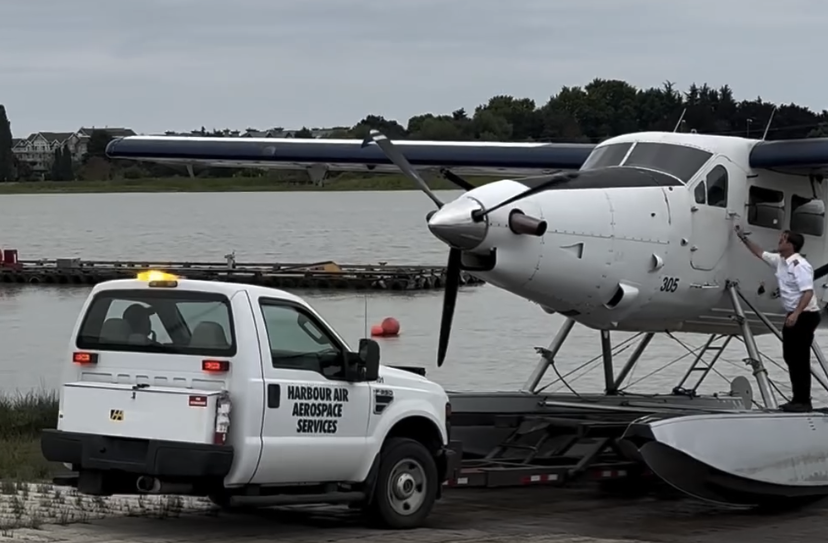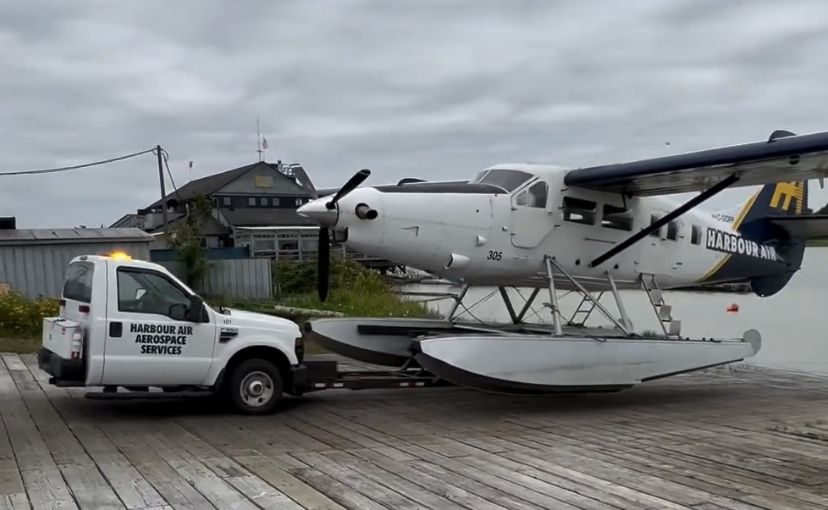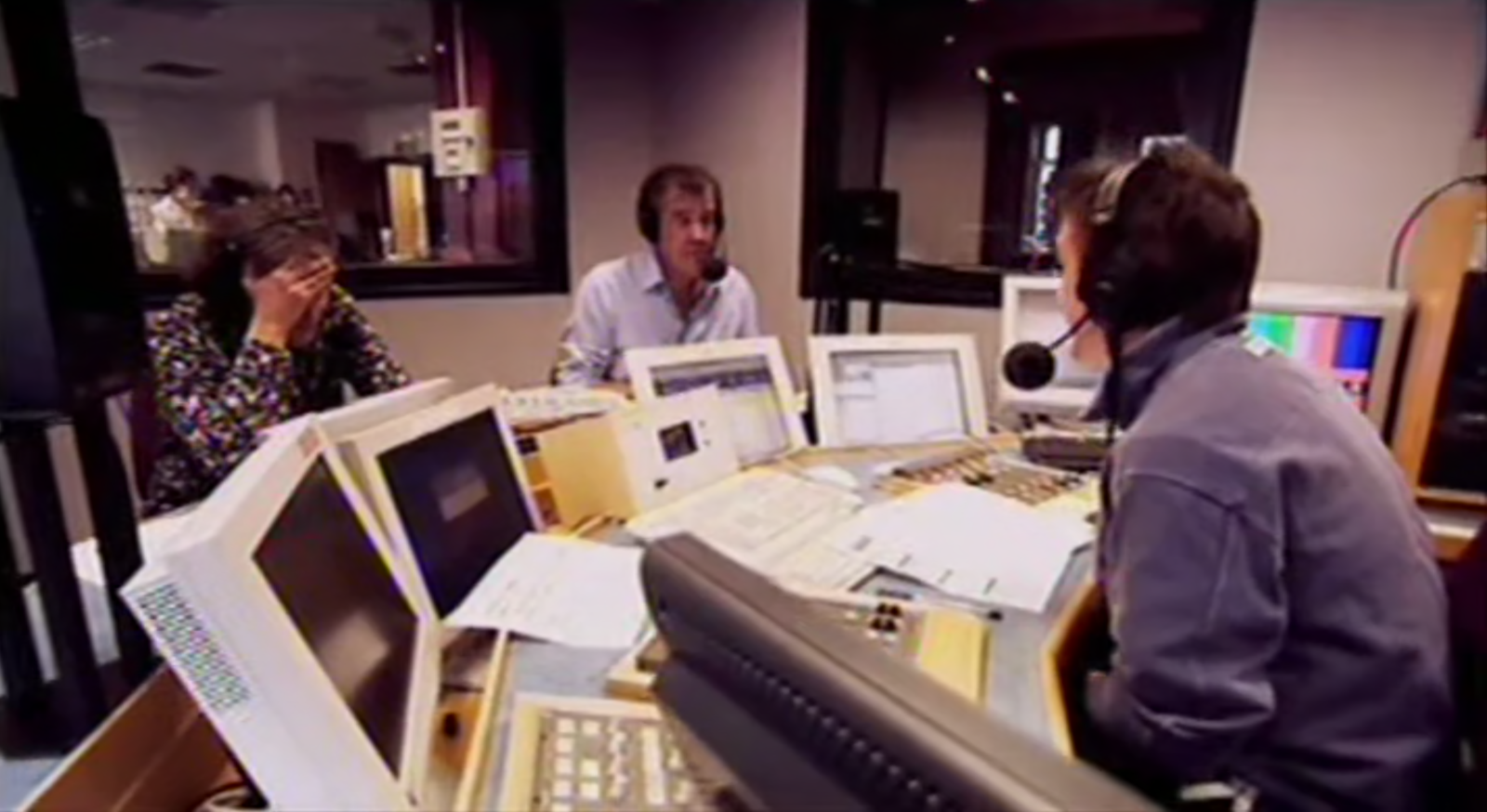This Bisected Ford F-250 Seaplane Tug Is Hurting Our Brains

Unless you happen to operate a seaplane company, you probably don’t think too much about the logistics of moving seaplanes around. If you actually stop and consider it though, it’s a tricky one: how exactly do you get a seaplane onto dry land for things like maintenance and storage?
As it turns out, you take a pickup truck and hack it up to create one of the most bizarre vehicles we’ve ever seen. This is a seaplane tug, and watching it operate might cause you to lose your grip on reality for a second.

Effectively, it involves taking a pickup truck – in this case, a Ford F-250 belonging to Canadian floatplane operator Harbour Air – slicing it in half where the cab meets the bed, and throwing the rear section in the bin. The front section is then mounted to the rear of a big frame which is driven into the water to collect the plane.
It makes a lot more sense once you realise the frame’s there and this half-a-truck – the F-125, as we’ll call it – isn’t defying physics, but it still raises a lot of questions that the internet doesn’t seem to have answers for.
How, for instance, does the engineering work on this? Big pickups like this tend to be based around rear-wheel drive designs, and even if it’s a four-wheel drive version, you can’t just get rid of the back half and expect it to keep working. Clearly, there’s some pretty complex reengineering going on here.

Also, assuming it’s only the front wheels of the truck – now the rear wheels of this contraption – that are powered, does that make this thing… mid-engined, rear-wheel drive? Front-engined, front-wheel drive? Answers on a postcard, please.
We also can’t imagine how bizarre it is to be controlling a vehicle while effectively sitting behind its rear axle. Luckily, we’re not the ones tasked with hauling rather expensive bits of aeronautical engineering out of lakes. If you are, then we salute you, and your bizarre, brain-scrambling pickup trucks.



Comments